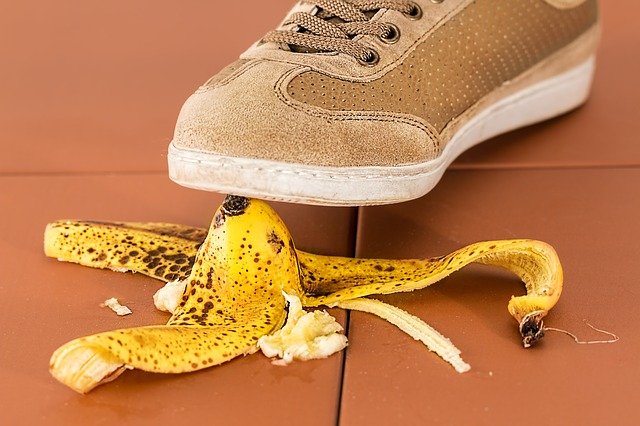Who is Liable for a Shopping Center Slip and Fall
Image by Steve Buissinne from Pixabay
Owners of shopping centers are often liable in slip and fall cases when it can be proven that their actions, or inaction, led to the creation of an unsafe condition. This is especially true if the owner knew about the presence of the condition and took no action to warn customers or protect them from harm. Slip and fall injuries in shopping centers can sometimes occur due to wet floor conditions caused by other customers spilling liquid or ice on the floor. In these cases, liability is not typically assigned to any of the associated entities managing or owning the shopping center.
What is a Slip and Fall Accident?
A slip and fall accident, also known as a trip and fall, occurs when an unintentional fall takes place due to another person’s negligence or carelessness. These accidents typically occur when customers step on wet or on improperly maintained floors. If the floor covering is damaged or somehow worn out, this could lead to some customers tripping and falling. Other causes include defective staircases, lack of adequate lighting, broken or uneven pavement lines that create dangerous conditions, and even defective handrails.
When is a Shopping Center Owner Liable for Slip and Fall Injuries?
If a shopping center owner was aware of a hazardous condition but did not take any corrective actions to fix it, he or she will likely be held legally responsible if someone is injured in a fall. Examples of scenarios when a shopping center owner may be liable include:
- The presence of a foreign substance on the floor that should have been cleaned up but wasn’t
- A failure to address an ongoing leak in the bathroom ceiling, which ultimately caused mold to grow and create an unsafe condition
- A failure to address a hole in the tile flooring or broken step on an escalator
- Exposing customers to uneven walking surfaces, such as ramps with cracks or loose tiles on the surface
When is the Tenant/Store Owner Liable?
Tenants of shopping centers may also be held responsible for an unsafe condition if their actions contributed to the problem. A common example is when a store owner or manager fails to address repeated spills on the floor near his or her establishment.
A grocery store tenant, for example, is expected to address spilled milk or soda that make its way to the public walking area of his or her establishment. If he or she fails to do this and a customer falls as a result, the store owner may be held liable for the customer’s slip and fall while shopping.
Determining Liability in A Shopping Center Slip and Fall
Many variables determine who is financially responsible for an individual’s injuries in a shopping center slip and fall accident. The types of injuries that are sustained, the party who caused the unsafe condition, and how much control each entity had over the accident are all factors that need to be considered when determining liability.
A personal injury attorney can carefully go through the facts of the fall incident and collect the required evidence to identify the liable party or entity. The attorney can then pursue compensation from the liable party/entity or the relevant insurance carrier on the fall victim’s behalf.

